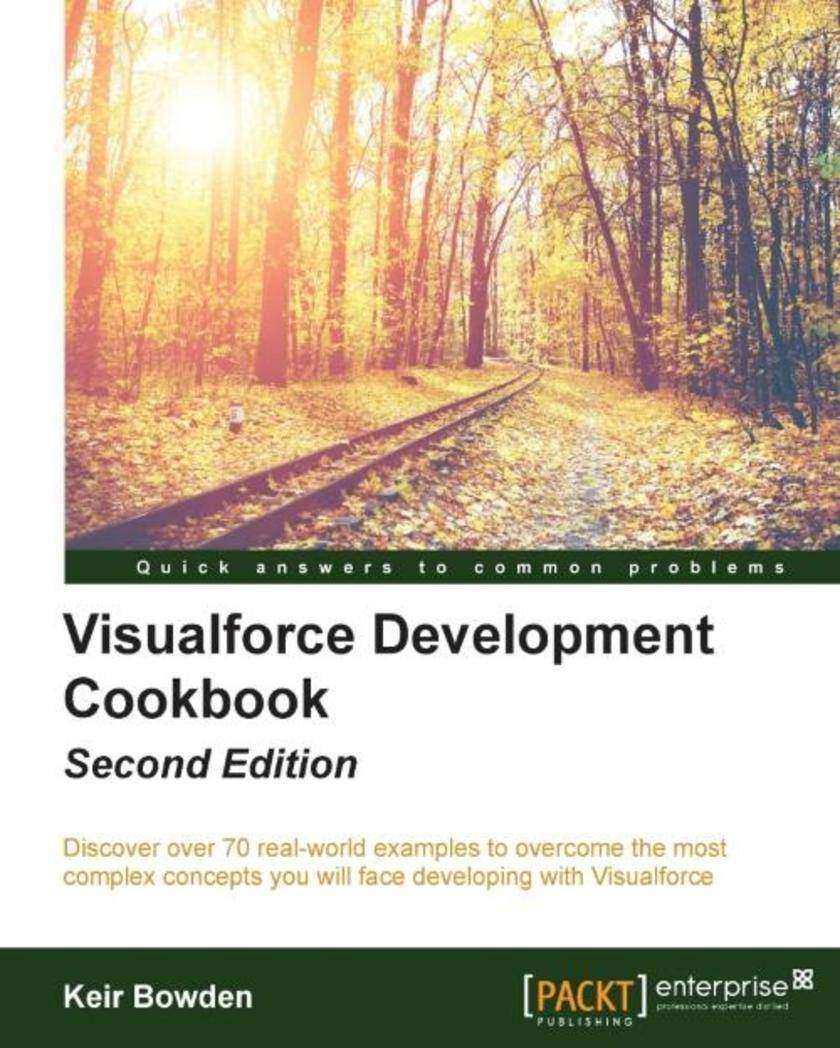
Visualforce Development Cookbook - Second Edition
¥90.46
Discover over 70 real-world examples to overcome the most complex concepts you will face developing with Visualforce About This Book This book provides an enhanced user experience with dynamically-generated, reactive pages Access data over additional channels via public web sites and mobile pages Packed with easy-to-follow recipes, including step-by-step instructions and Apex/Visualforce code downloads this title is the all in one package you need to get more from Visualforce. Who This Book Is For This book will be beneficial to developers who are already well-versed with the basics of Visualforce. An awareness of the standard component library and the purpose of controllers is expected. What You Will Learn Pass parameters between Visualforce pages Update attributes in component controllers Avoid validation errors with action regions Refresh record details from embedded Visualforce Create and develop a website template from scratch Get to know about the Salesforce Lightening Design system and use Visualforce in Salesforce1 Effectively tackle frequently-faced problems while developing Visualforce pages In Detail Visualforce is a framework that allows developers to build sophisticated, custom user interfaces that can be hosted natively on the Force.com platform. The Visualforce framework includes a tag-based markup language, similar to HTML that is used to write the Visualforce pages and a set of controllers that are used to write business logic to the Visualforce pages. Visualforce Development Cookbook provides solutions to a variety of challenges faced by Salesforce developers and demonstrates how easy it is to build rich, interactive pages using Visualforce. Whether you are looking to make a minor addition to the standard page functionality or override it completely, this book will provide you with the help you require throughout. You will start by learning about the simple utilities and will build up to more advanced techniques for data visualization and to reuse functionality. You will learn how to perform various tasks such as creating multiple records from a single page, visualizing data as charts, using JavaScript to enhance client-side functionality, building a public website, and making data available to a mobile device. With an interesting chapter on tackling common issues faced while developing Visualforce pages, the book provides lots of practical examples to enhance and extend your Salesforce user interface. Style and approach Following a cookbook structure, the book provides recipes on some essential technical scenarios and a few that focus on real-world development problems. This book is packed with illustrations and contains lots of code samples to improve your understanding.

Mastering Predictive Analytics with Python
¥90.46
Exploit the power of data in your business by building advanced predictive modeling applications with Python About This Book Master open source Python tools to build sophisticated predictive models Learn to identify the right machine learning algorithm for your problem with this forward-thinking guide Grasp the major methods of predictive modeling and move beyond the basics to a deeper level of understanding Who This Book Is For This book is designed for business analysts, BI analysts, data scientists, or junior level data analysts who are ready to move from a conceptual understanding of advanced analytics to an expert in designing and building advanced analytics solutions using Python. You’re expected to have basic development experience with Python. What You Will Learn Gain an insight into components and design decisions for an analytical application Master the use Python notebooks for exploratory data analysis and rapid prototyping Get to grips with applying regression, classification, clustering, and deep learning algorithms Discover the advanced methods to analyze structured and unstructured data Find out how to deploy a machine learning model in a production environment Visualize the performance of models and the insights they produce Scale your solutions as your data grows using Python Ensure the robustness of your analytic applications by mastering the best practices of predictive analysis In Detail The volume, diversity, and speed of data available has never been greater. Powerful machine learning methods can unlock the value in this information by finding complex relationships and unanticipated trends. Using the Python programming language, analysts can use these sophisticated methods to build scalable analytic applications to deliver insights that are of tremendous value to their organizations. In Mastering Predictive Analytics with Python, you will learn the process of turning raw data into powerful insights. Through case studies and code examples using popular open-source Python libraries, this book illustrates the complete development process for analytic applications and how to quickly apply these methods to your own data to create robust and scalable prediction services. Covering a wide range of algorithms for classification, regression, clustering, as well as cutting-edge techniques such as deep learning, this book illustrates not only how these methods work, but how to implement them in practice. You will learn to choose the right approach for your problem and how to develop engaging visualizations to bring the insights of predictive modeling to life Style and approach This book emphasizes on explaining methods through example data and code, showing you templates that you can quickly adapt to your own use cases. It focuses on both a practical application of sophisticated algorithms and the intuitive understanding necessary to apply the correct method to the problem at hand. Through visual examples, it also demonstrates how to convey insights through insightful charts and reporting.
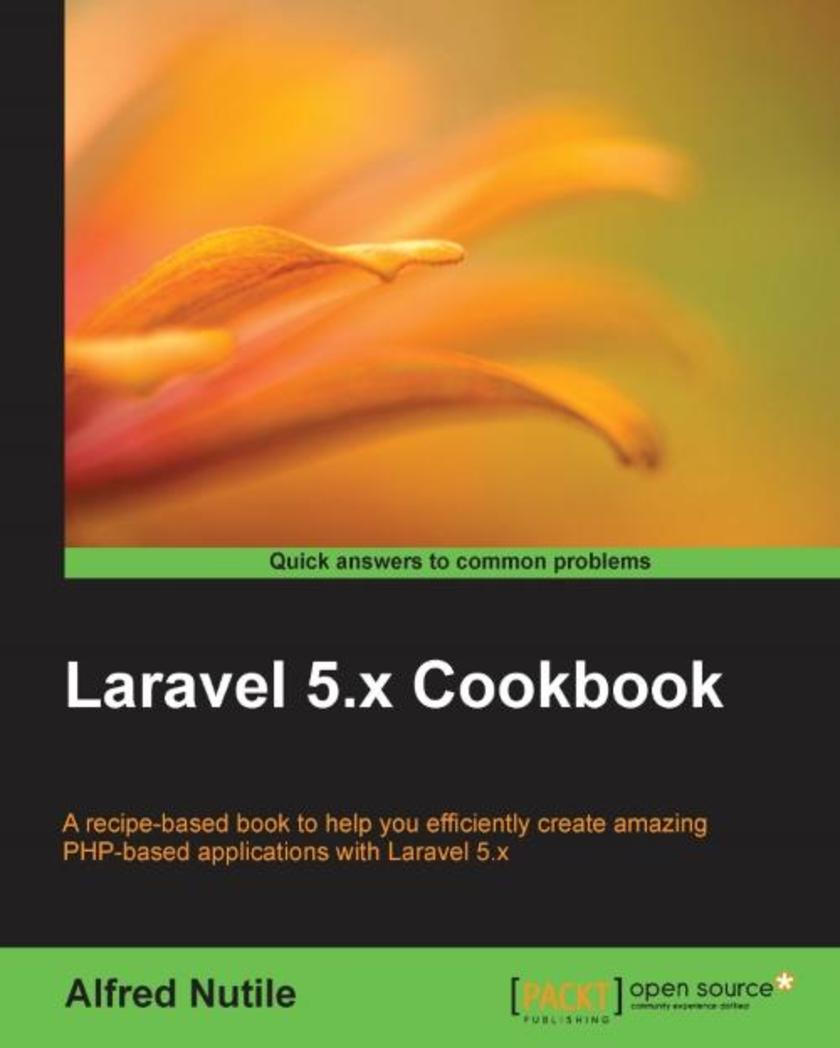
Laravel 5.x Cookbook
¥90.46
A recipe-based book to help you efficiently create amazing PHP-based applications with Laravel 5.x About This Book Leverage the amazing new features of Laravel 5.x to create cutting-edge responsive PHP applications. Create apps with interoperability features and extend these features to your existing applications as well. Over 60 recipes that combine tried and tested Laravel tips for getting your app working. Who This Book Is For The ideal target audience for this book is PHP developers who have some basic PHP programming knowledge. No previous experience with Laravel is required for this book. What You Will Learn Optimize Your Gulp and Elixir Workflow Use Travis to run tests with every push Build and test your view-based route in PHPUnit Explore workflows for migrations and seeding Implement Angular in your Laravel applications Set up a user authentication system Integrate the new Billing library and Stripe in your Laravel application Use the Artisan command-line tool Test your App in Production with Behat In Detail Laravel is a prominent member of a new generation of web frameworks. It is one of the most popular PHP frameworks and is also free and an open source. Laravel 5 is a substantial upgrade with a lot of new toys, at the same time retaining the features that made Laravel wildly successful. It comes with plenty of architectural as well as design-based changes. The book is a blend of numerous recipes that will give you all the necessary tips you need to build an application. It starts with basic installation and configuration tasks and will get you up-and-running in no time. You will learn to create and customize your PHP app and tweak and re-design your existing apps for better performance. You will learn to implement practical recipes to utilize Laravel’s modular structure, the latest method injection, route caching, and interfacing techniques to create responsive modern-day PHP apps that stand on their own against other apps. Efficient testing and deploying techniques will make you more confident with your Laravel skills as you move ahead with this book. Towards the end of the book, you will understand a number of add-ons and new features essential to finalize your application to make it ready for sub*ions. You will be empowered to get your application out to the world. Style and approach This book will have a practical recipe-based approach with dedicated recipes on your daily Laravel tasks (as well as on more advanced issues) that will help you become a pro with Laravel 5.x
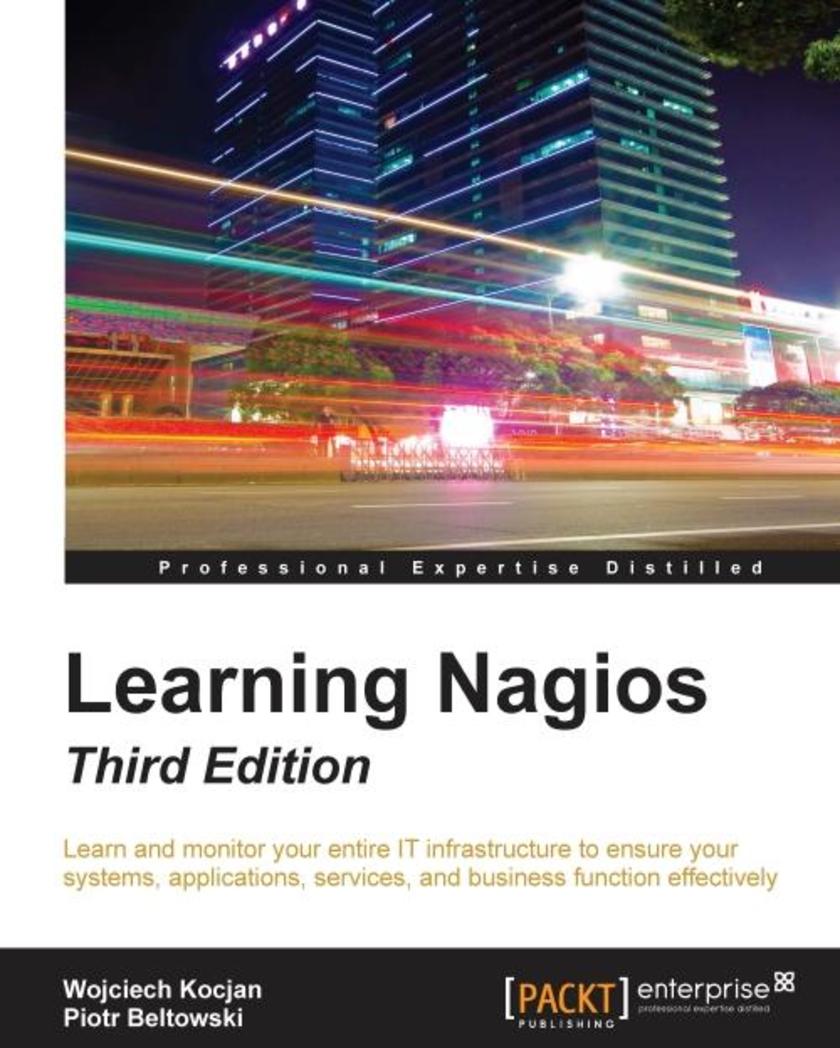
Learning Nagios - Third Edition
¥90.46
Learn and monitor your entire IT infrastructure to ensure your systems, applications, services, and business function effectively. About This Book Packed with tips, tricks and illustrations, the book will explain the configuration and monitoring concepts in a simplified manner Experience the scalability and flexibility of Nagios in a very practical and easy-to-understand approach. Unleash the power of Nagios Core and Nagios XI 5 to monitor and secure your infrastructure with ease. Who This Book Is For This book is targeted at System Administrators, both, who have no prior knowledge of Nagios as well as readers experienced with it. It not only covers the basics of Nagios but also the advanced features. What You Will Learn Set up and use the built-in Nagios web interface Upskill the additional interfaces available for Nagios to monitor your IT infrastructure Learn how to perform various checks using both, Nagios standard plugins and third-party plugins Explore the working of notifications and events in Nagios Familiarize yourself with SNMP and use it for monitoring devices such as routers, switches, modems and printers Discover how can be Nagios can be customized and tailored to your needs Get to know more about the entreprise version of Nagios, Nagios XI In Detail Nagios, a powerful and widely used IT monitoring and management software for problem -solving. It detects problems related to your organizations infrastructure and helps in resolving the issue before it impacts the business. Following the success of the previous edition, this book will continue to help you monitor the status of network devices and also notify the system administrators of network problems. Starting with the fundamentals, the book will teach you how to install and configure Nagios for your environment. The book helps you learn how to end downtimes, adding comments and generating reports using the built-in Web interface of Nagios. Moving on, you will be introduced to the third-party web interfaces and applications for checking the status and report specific information. As you progress further in Learning Nagios, you will focus on the standard set of Nagios plugins and also focus on teach you how to efficiently manage large configurations and using templates. Once you are up to speed with this, you will get to know the concept and working of notifications and events in Nagios. The book will then uncover the concept of passive check and shows how to use NRDP (Nagios Remote Data Processor). The focus then shifts to how Nagios checks can be run on remote machines and SNMP (Simple Network Management Protocol) can be used from Nagios. Lastly, the book will demonstrate how to extend Nagios by creating custom check commands, custom ways of notifying users and showing how passive checks and NRDP can be used to integrate your solutions with Nagios. By the end of the book, you will be a competent system administrator who could monitor mid-size businesses or even large scale enterprises. Style and approach This will be a practical learning guide for system administrators which will teach them everything about Nagios along with implementing it for your organization and then ending with securing it.
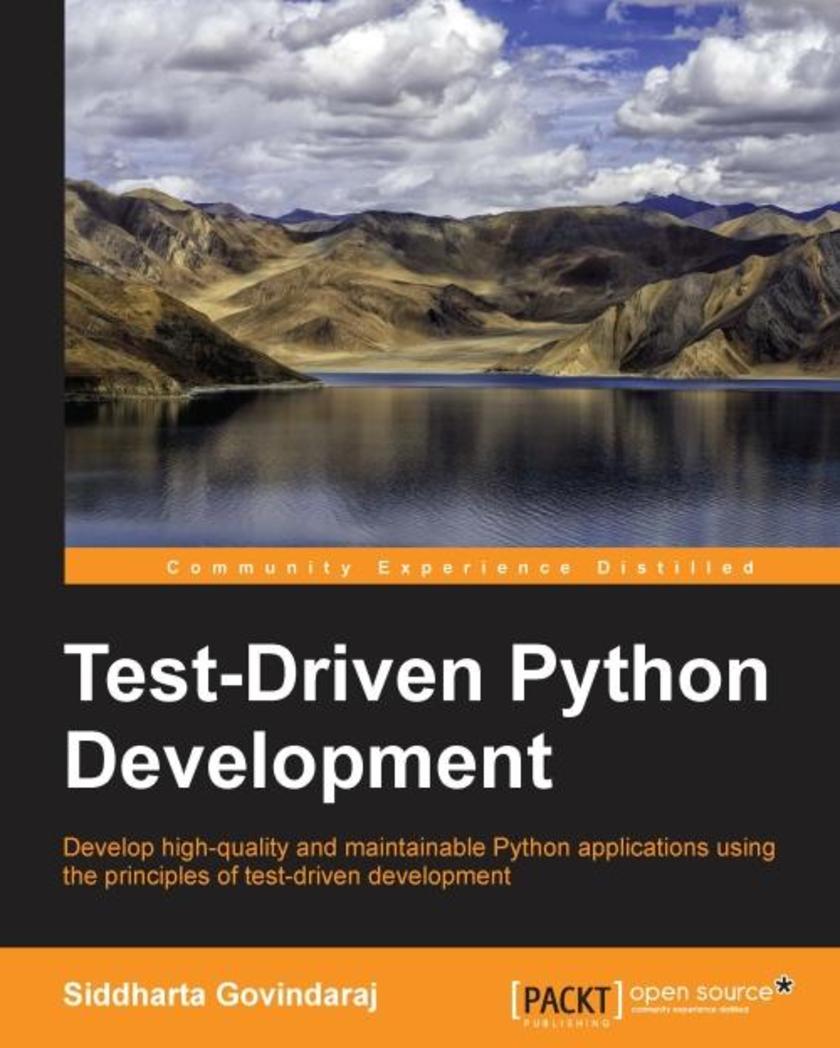
Test-Driven Python Development
¥90.46
This book is intended for Python developers who want to use the principles of test-driven development (TDD) to create efficient and robust applications. In order to get the best out of this book, you should have development experience with Python.

Hadoop MapReduce v2 Cookbook - Second Edition
¥90.46
If you are a Big Data enthusiast and wish to use Hadoop v2 to solve your problems, then this book is for you. This book is for Java programmers with little to moderate knowledge of Hadoop MapReduce. This is also a one-stop reference for developers and system admins who want to quickly get up to speed with using Hadoop v2. It would be helpful to have a basic knowledge of software development using Java and a basic working knowledge of Linux.
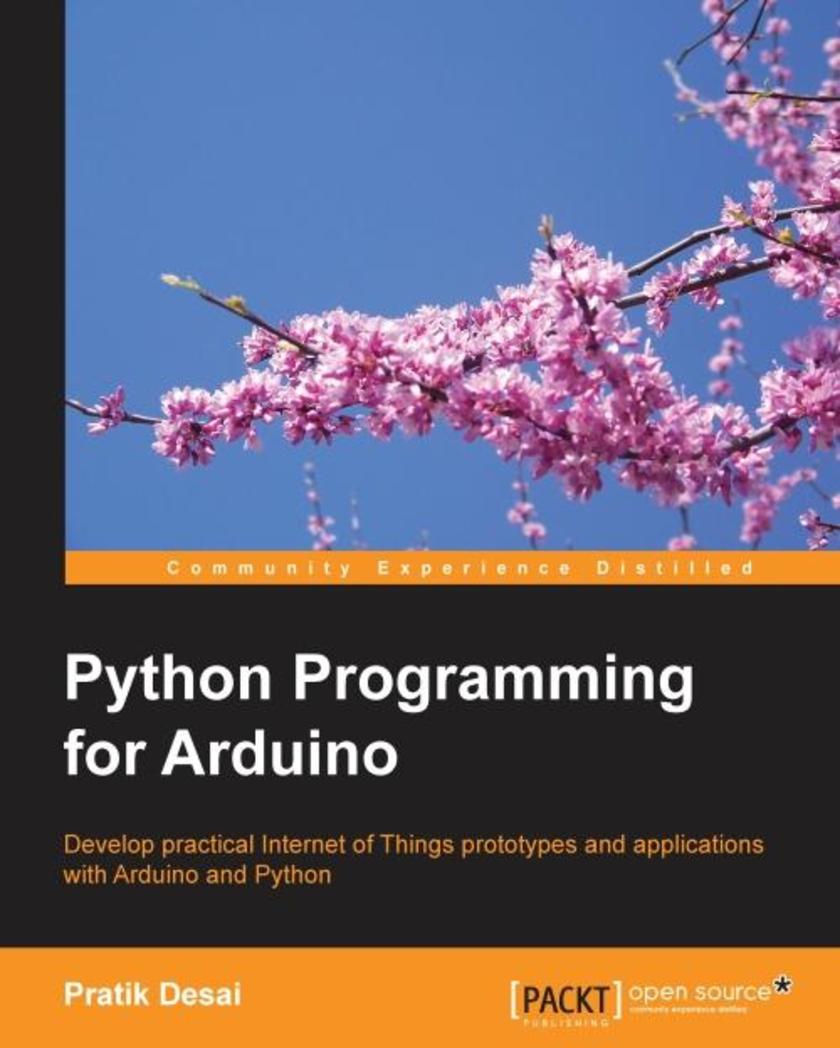
Python Programming for Arduino
¥90.46
This is the book for you if you are a student, hobbyist, developer, or designer with little or no programming and hardware prototyping experience, and you want to develop IoT applications. If you are a software developer or a hardware designer and want to create connected devices applications, then this book will help you get started.

Mastering jQuery UI
¥90.46
If you are a frontend developer with considerable knowledge of jQuery UI and want to take this expertise to the next level, then this book is for you.
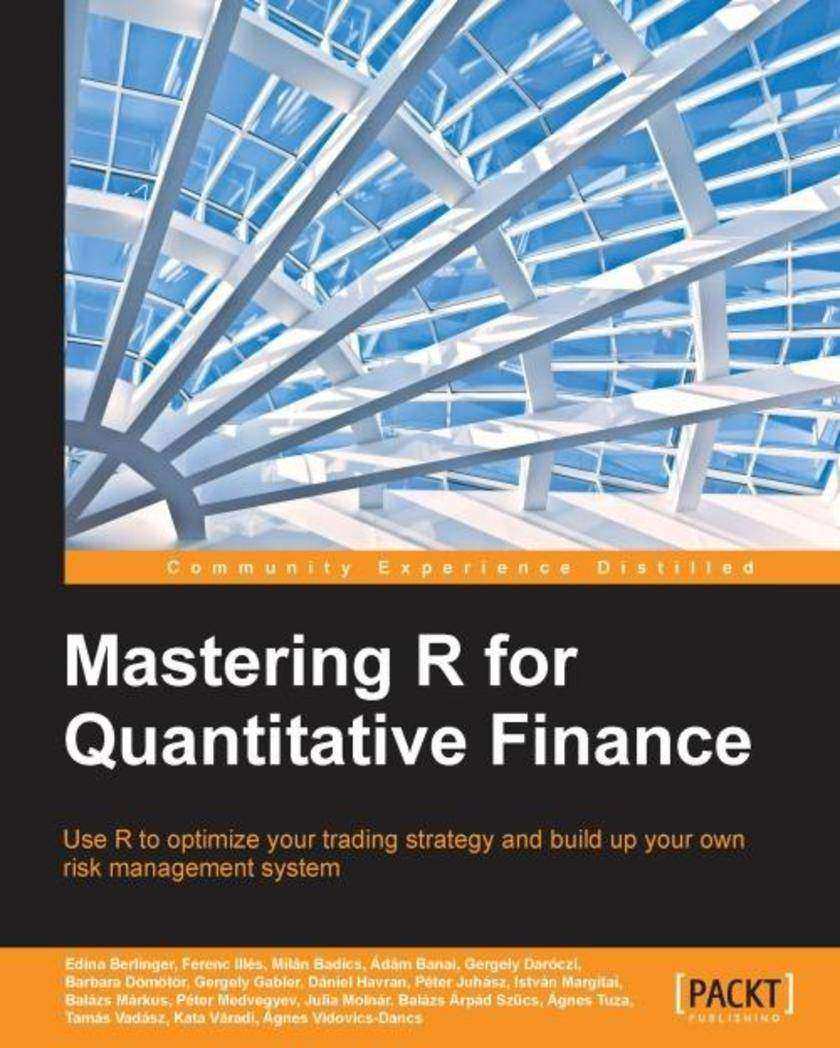
Mastering R for Quantitative Finance
¥90.46
This book is intended for those who want to learn how to use R's capabilities to build models in quantitative finance at a more advanced level. If you wish to perfectly take up the rhythm of the chapters, you need to be at an intermediate level in quantitative finance and you also need to have a reasonable knowledge of R.
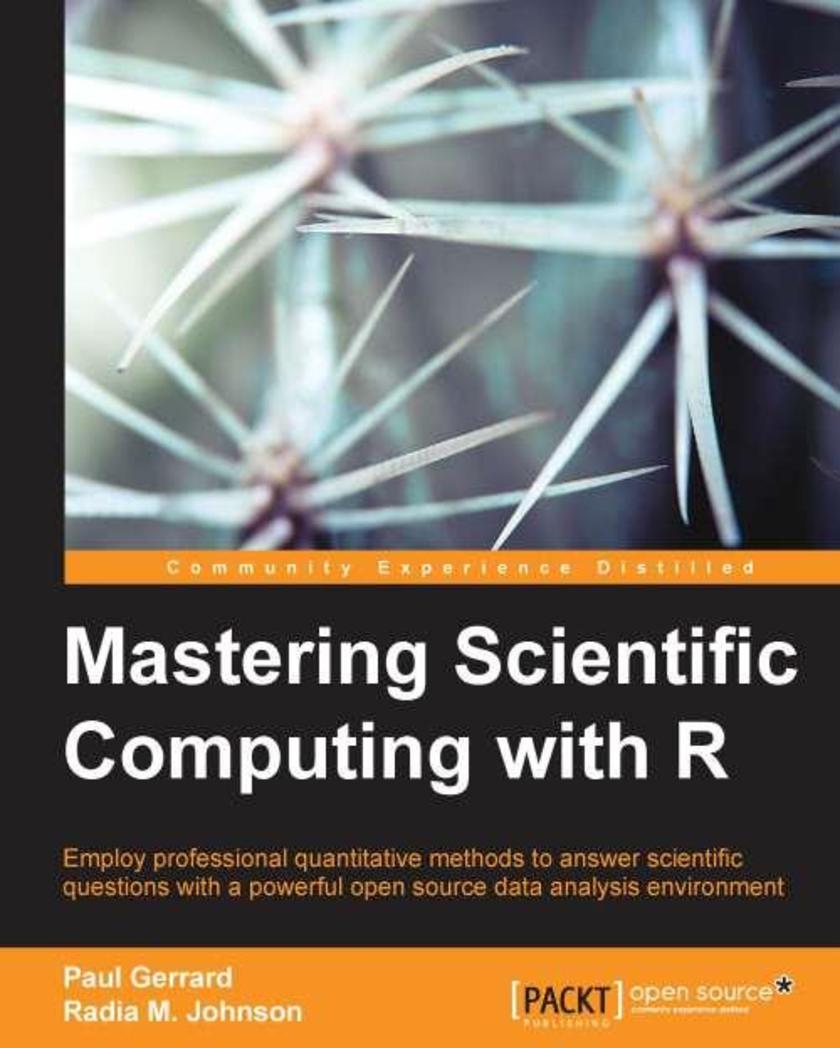
Mastering Scientific Computing with R
¥90.46
If you want to learn how to quantitatively answer scientific questions for practical purposes using the powerful R language and the open source R tool ecosystem, this book is ideal for you. It is ideally suited for scientists who understand scientific concepts, know a little R, and want to be able to start applying R to be able to answer empirical scientific questions. Some R exposure is helpful, but not compulsory.

PostgreSQL Server Programming - Second Edition
¥90.46
This book is for moderate to advanced PostgreSQL database professionals who wish to extend PostgreSQL, utilizing the most updated features of PostgreSQL 9.4. For a better understanding of this book, familiarity with writing SQL, a basic idea of query tuning, and some coding experience in your preferred language is expected.
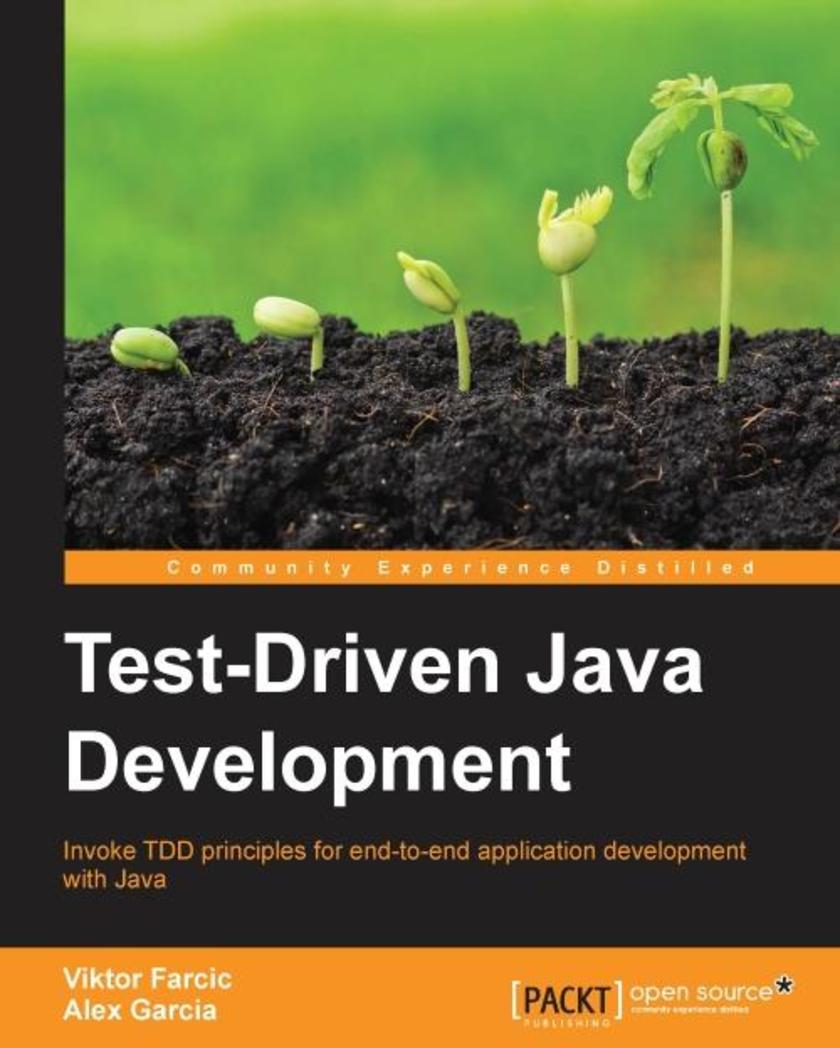
Test-Driven Java Development
¥90.46
If you're an experienced Java developer and want to implement more effective methods of programming systems and applications, then this book is for you.
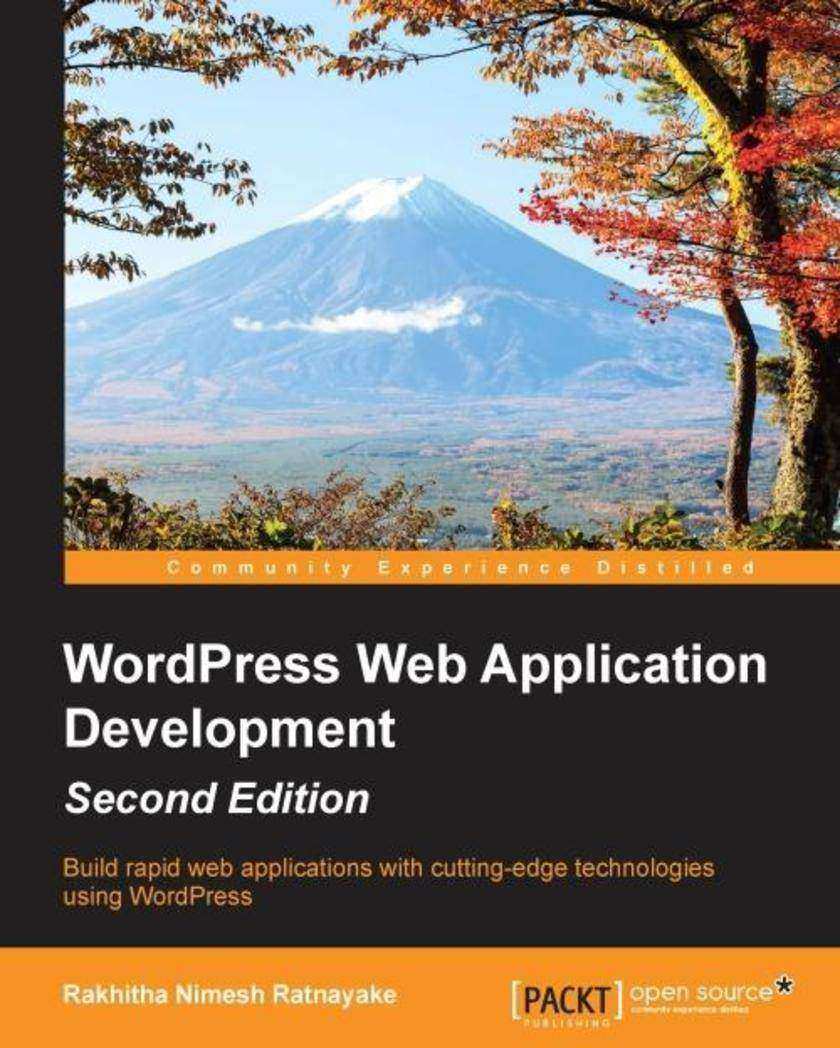
WordPress Web Application Development - Second Edition
¥90.46
This book is intended for WordPress developers and designers who want to develop quality web applications within a limited time frame and for maximum profit. Prior knowledge of basic web development and design is assumed.

Learning Three.js – the JavaScript 3D Library for WebGL - Second Edition
¥90.46
If you know JavaScript and want to start creating 3D graphics that run in any browser, this book is a great choice for you. You don't need to know anything about math or WebGL; all that you need is general knowledge of JavaScript and HTML.
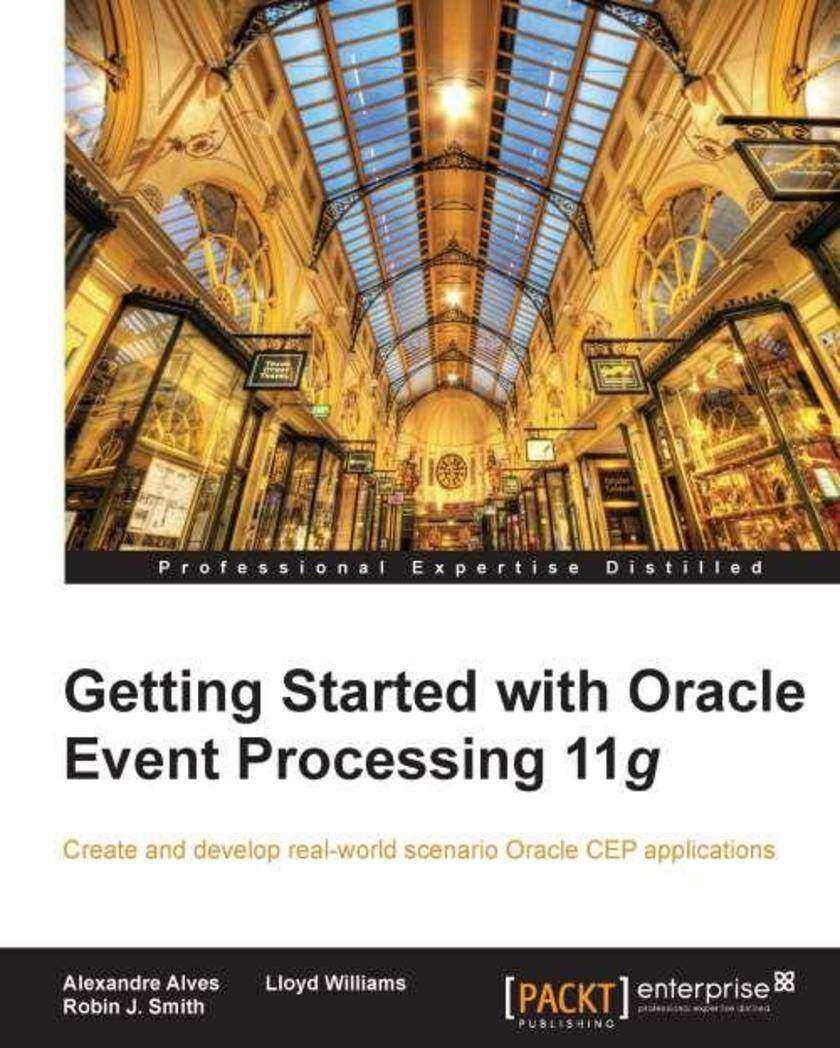
Getting Started with Oracle Event Processing 11g
¥90.46
This getting started book will use practical chapters which follow logical and progressively more complex tasks and examples, which will impart the skills of how to use Oracle Complex Event Processing to the reader. This book is aimed at both those with some knowledge of java and SQL database experience, but it is also written so that if you are completely new to this topic you will understand this new technology domain no matter your background or industry.
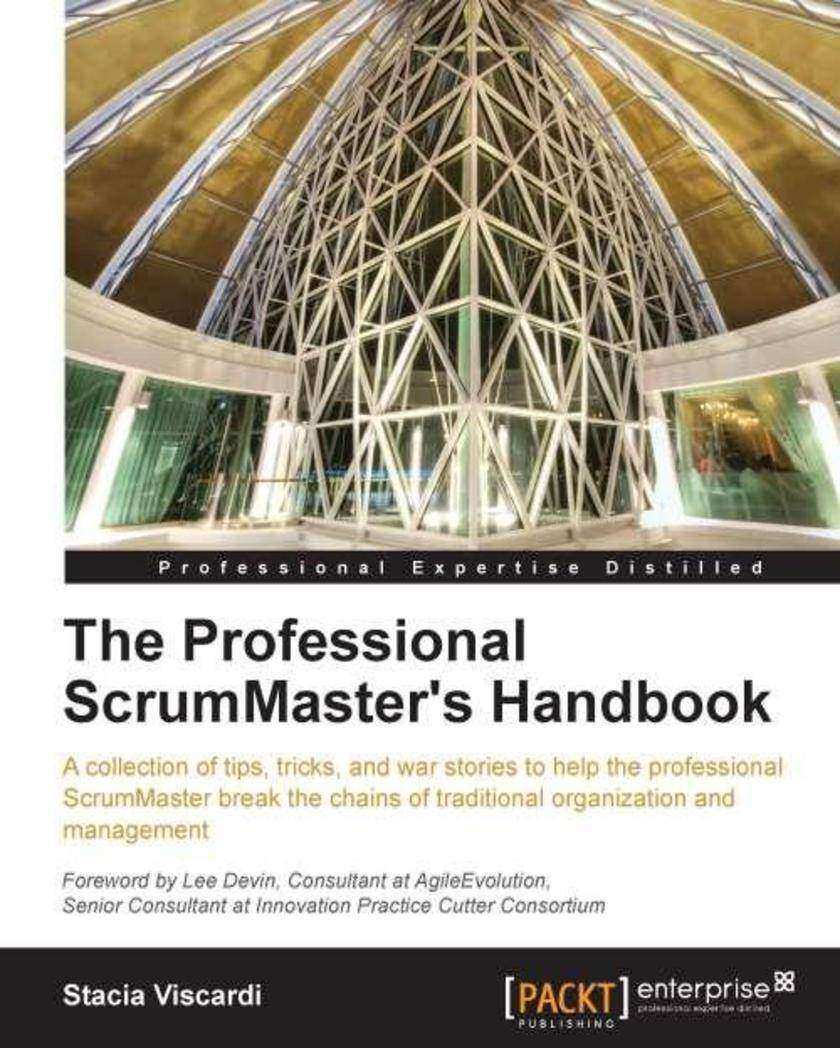
The Professional ScrumMaster's Handbook
¥90.46
Focusing on the ScrumMaster role and responsibilities, this book presents solutions and ideas for common problems, improving the overall methodology of a ScrumMaster's approach. The Professional ScrumMaster’s Handbook is for anybody who wishes to be a true ScrumMaster as the role was originally intended - a fearless, professional, change facilitator. This book extends your working knowledge of Scrum to explore other avenues and ways of thinking to help teams and organizations reach their full potential.
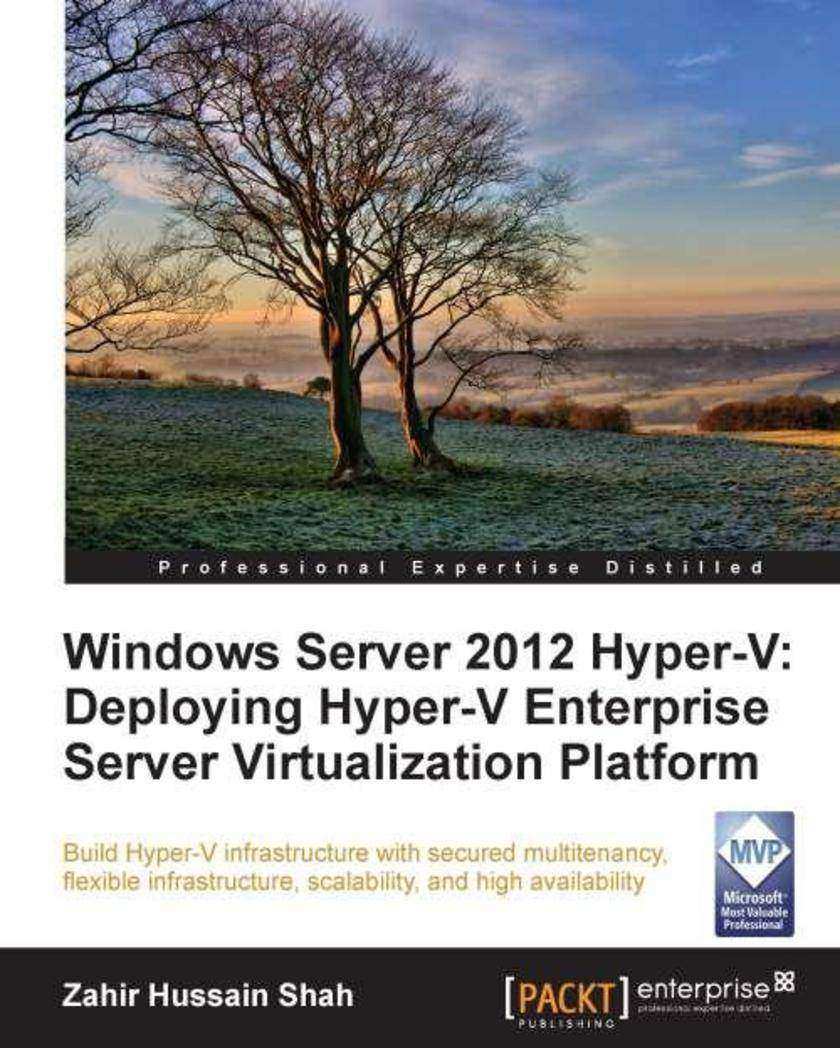
Windows Server 2012 Hyper-V
¥90.46
This books takes a comprehensive tutorial approach with plenty of screenshots and detailed step-by-step instructions. This book is for Windows server administrators, who may not necessarily be familiar with Hyper-V, and also for existing Hyper-V administrators who want to advance their skills in Windows Server 2012 Hyper-V.
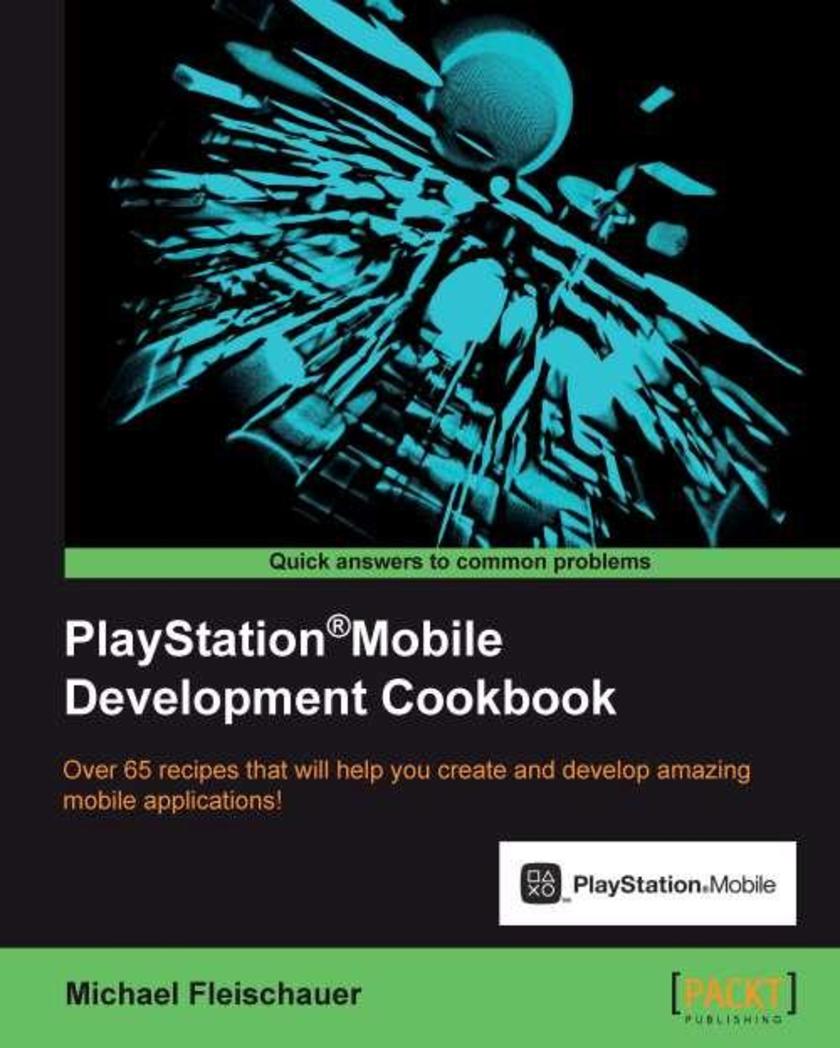
PlayStation?Mobile Development Cookbook
¥90.46
Written as a series of engaging and practical recipes, this essential Cookbook has been meticulously designed and reviewed in order to provide you with the ultimate reference for PlayStation?Mobile development. If you've got some prior experience with C# and want to create awesome projects for the PlayStation?Vita and PlayStation?Certified devices, then this book is for you.
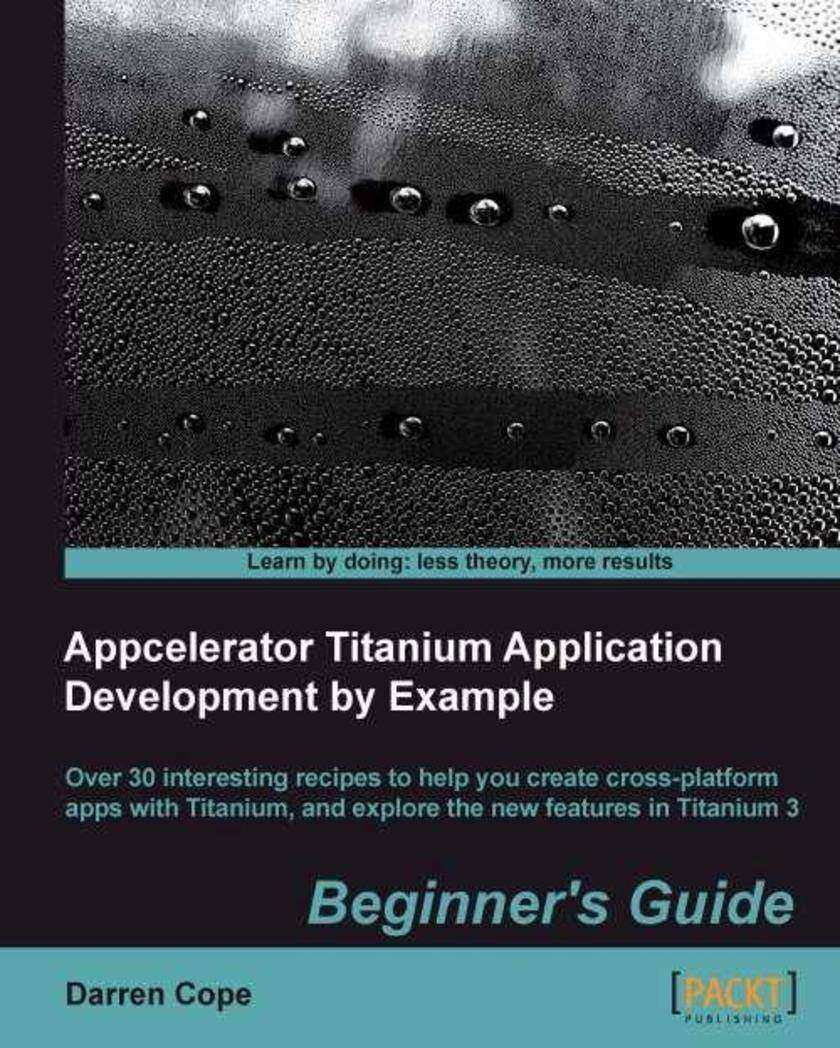
Appcelerator Titanium Application Development by Example Beginner’s Guide
¥90.46
"Appcelerator Titanium Application Development by Example Beginner's Guide" is an example-driven tour of the language that guides you through all the stages of app design. The style is relaxed and friendly whilst remaining concise and structured. If you are new to this technology or curious about the possibilities of Appcelerator Titanium then this book is for you. If you are a web developer who is looking for a way to craft cross-platform apps, then this book and the Titanium language is the choice for you.
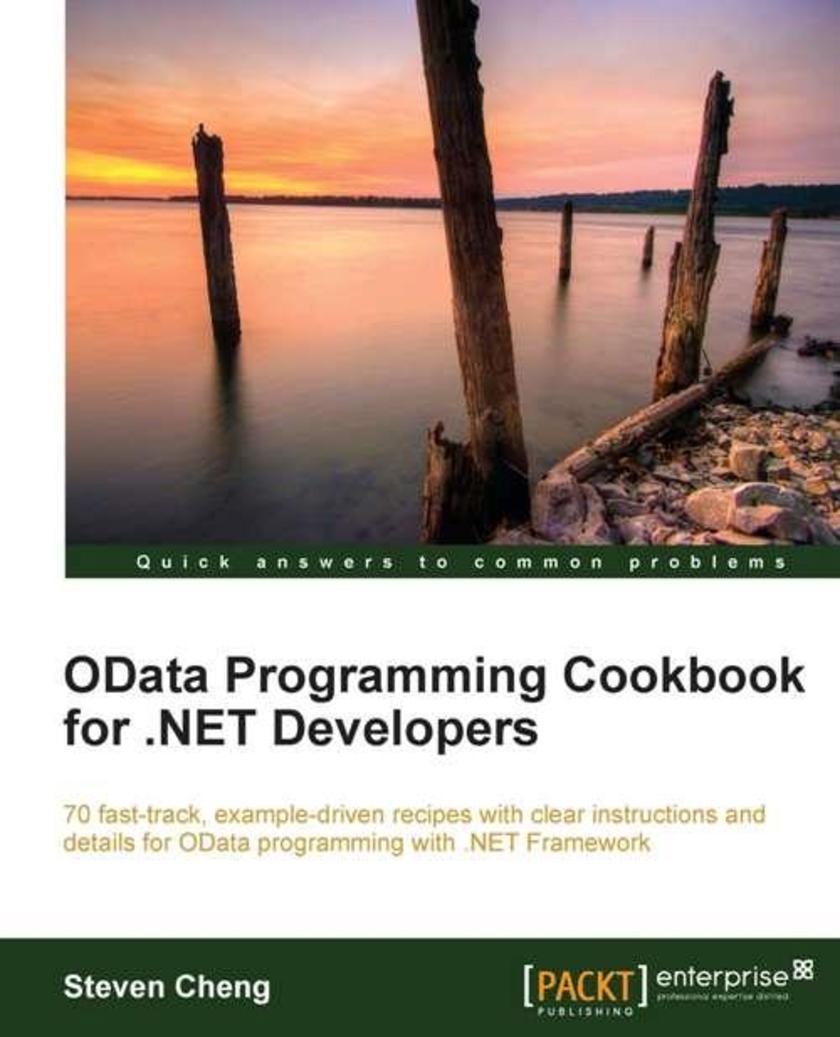
OData Programming Cookbook for .NET Developers
¥90.46
The recipes in this book are easy to understand and follow as the author discusses real-world scenarios. It is not a comprehensive reference to the whole of OData, but a practical guide that boosts proficiency when working with the various aspects of OData programming. The examples are supported by relevant background information for ease of understanding. If you are a .NET developer and you want to learn how to use OData in real-world data access application development, then this book is for you. To follow the recipes you will need to be comfortable with .NET Framework, Visual Studio IDE, C# language, and the basics of web programming like HTTP, XML, JSON.
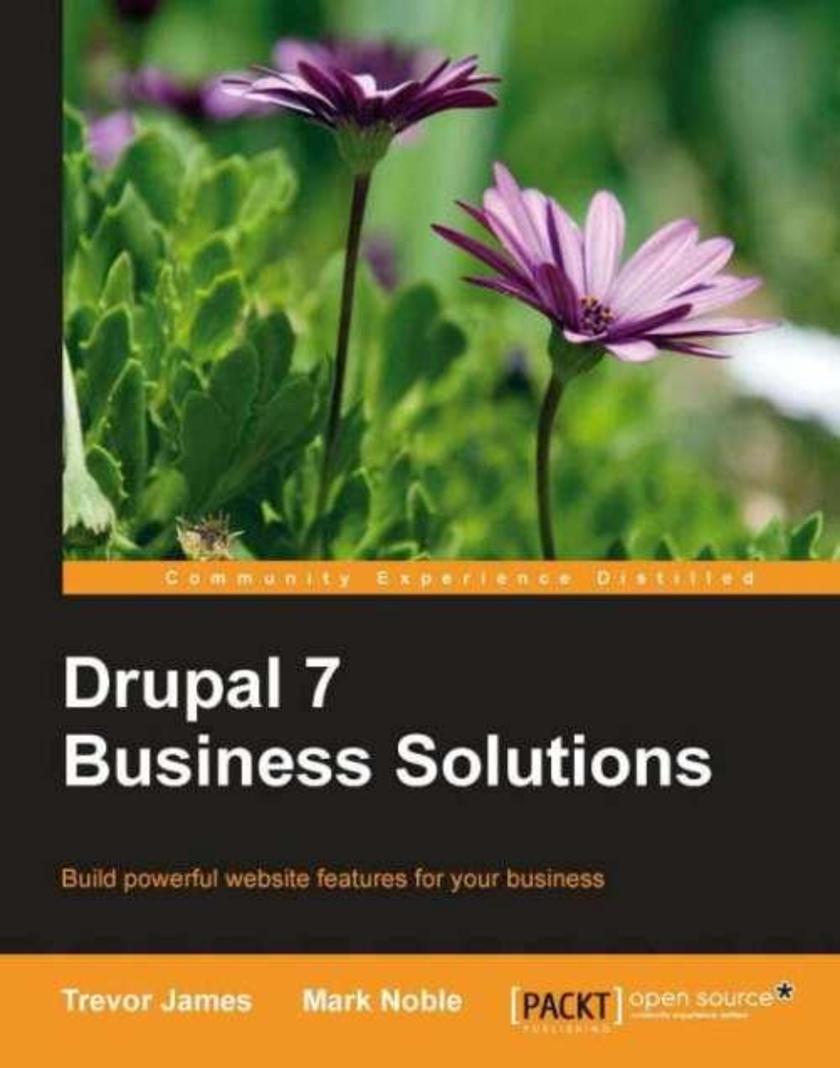
Drupal 7 Business Solutions
¥90.46
This book takes a step-by-step approach to building a complete business website using Drupal and enhancing it to include modern technology used by cutting-edge companies. All instructions are written in such a way that they make sense to readers of any technical level. This book is for anyone who wants to learn how to set up a website quickly for their business using the super powerful Drupal open source content management software.




 购物车
购物车 个人中心
个人中心



